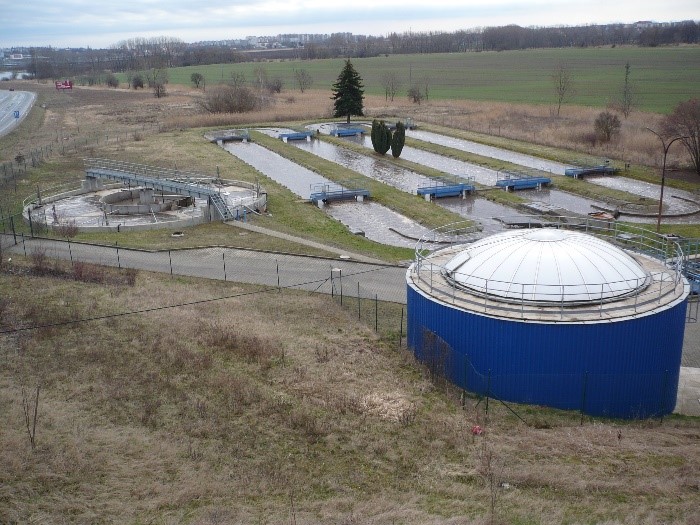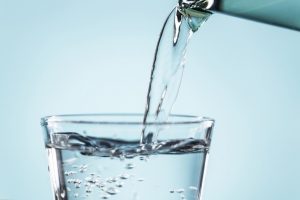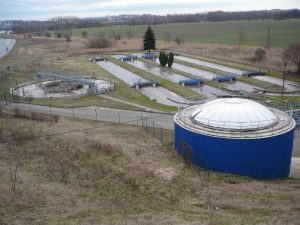Working Together in the Water Industry: Owners and Operators Contributing to the Same Benefit

By: Steven Lambert | Mar 04, 2020
How We Connect
Drinking water, wastewater, remediation, landfill, land application operations, and other operations are intertwined with little formal association with one another. There are occasions that these operations will meet to discuss issues, but mostly, if everyone does their job professionally, the all will continue without issue. Professionals in this industry are one another’s keeper in the effort to protect public health and the environment. 
Our various operations and their success will ultimately determine the outcome of all our efforts. One break in the chain can derail the entire goal. Each of our professions must be dedicated to our facility’s performance. An ill result can endanger the public and environment to adverse effects including sickness and death.
Spokes of the Wheel
Many parts of nature are referred as cycles. A cycle is a specific description given to map the changes in the phases of a substance from a beginning state, to other states, and a return to the beginning state. The Hydrologic (Water) Cycle is an example. Our efforts to curb pollution and protect the public health and environment is similar, forming a wheel with a center and spokes.
The center, or axle, is drinking water operations (public health) and natural water quality (environmental protection). Bring together wastewater treatment, pollution prevention, remediation, land application of biosolids, regulatory agencies, Engineers, and facility operators to form the spokes of the wheel. Each spoke and its relation to the goal can now be demonstrated.
Wastewater treatment is the most massive, but not most important, spoke. Treatment prevents excessive discharges from cities and industries of toxic substances and disease-causing bacteria. Streams that will eventually contribute to someone’s drinking water supply must be protected. Release of these and other pollutants also adversely affect the environment.

Pollution prevention is a practice mostly relating to industry. Many substances used by industry are very toxic and polluting. Finding alternative materials to eliminate use of the offending chemical or preventing it from being discharged to the sewer or stream is the aim of most efforts.
Remediation is used in the event that soil, groundwater, and surface water are adversely impacted by pollutants disposed of on or under the ground. The remedy is facilitated by extracting the polluted water, removal of tainted soil, and immobilizing the pollutants. Many of these substances are highly carcinogenic with a potential of elevating cancer rates.
Land application of biosolids is the practice of using wastewater sludges as fertilizer. Class B biosolids are the chief concern due to the high bacteria levels allowed in the material. Procedure dictates that no sludge be applied to the land closer than 100 feet from a stream, well, or rock outcropping to minimize the possibility of migration into the water. Regulatory agencies provide enforcement, when necessary, but they are also a good source for technical support. Practice honesty and professionalism with regulators. Generally, they do not act as an enemy if you demonstrate good will and respect. The right direction to take is to count them as colleagues in pursuing the same goal.
Engineers and facility operators are the feet on the ground, when it comes to building and running water related facilities. Many facilities operate around the clock with a staff of operators responsible for proper operation and a good end product. Engineers are responsible for seeing that the facilities are viable and will perform as required. One cannot be successful without the other.
Without realizing it, we are truly our brothers’ and sisters’ keeper.

